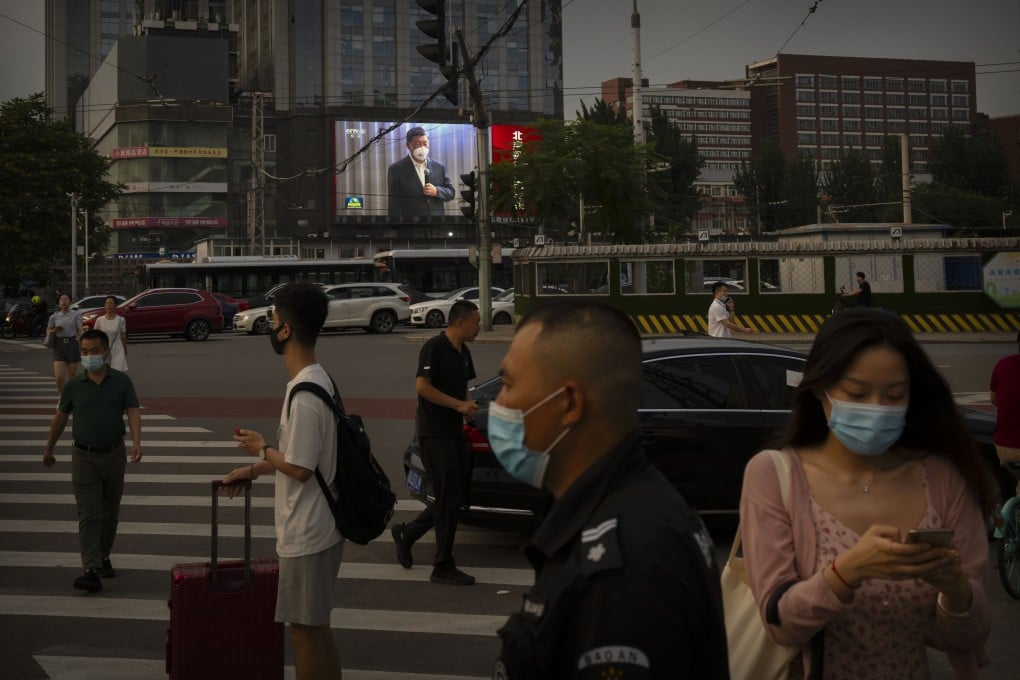Advertisement
Explainer | China economy: 7 ‘Xiconomic’ policies that have guided growth over the past decade
- ‘Xiconomics’ encapsulates the long-term guiding principles of the world’s second-largest economy, and is central to ‘Xi Jinping Thought’
- Xi’s philosophy has seen China expand global influence with the Belt and Road Initiative and reorient domestic development via ‘Dual Circulation’
Reading Time:5 minutes
Why you can trust SCMP
5

Frank Tangin Beijing
Xi Jinping has reshaped China’s major economic decision-making institutions – most notably the Central Economic and Financial Affairs Commission – since becoming president.
Advertisement
Helped by Vice-Premier and chief economic adviser Liu He, Xi’s first term between 2013-18 was devoted to addressing domestic problems.
These included high debt, a dwindling demographic dividend, industrial overcapacity and poverty, with structural adjustments and de-risking campaigns high on the agenda.
Xi hardened his economic thinking amid the trade war with the United States, growing tension with major Western economies and the coronavirus pandemic.
“Xiconomics” encapsulates the long-term guiding principles of the world’s second-largest economy, and is central to “Xi Jinping Thought”.
Advertisement
It has helped China claim around 18 per cent of global gross domestic product (GDP), and put it on track to overtaking the United States as the world’s largest economy.

Advertisement